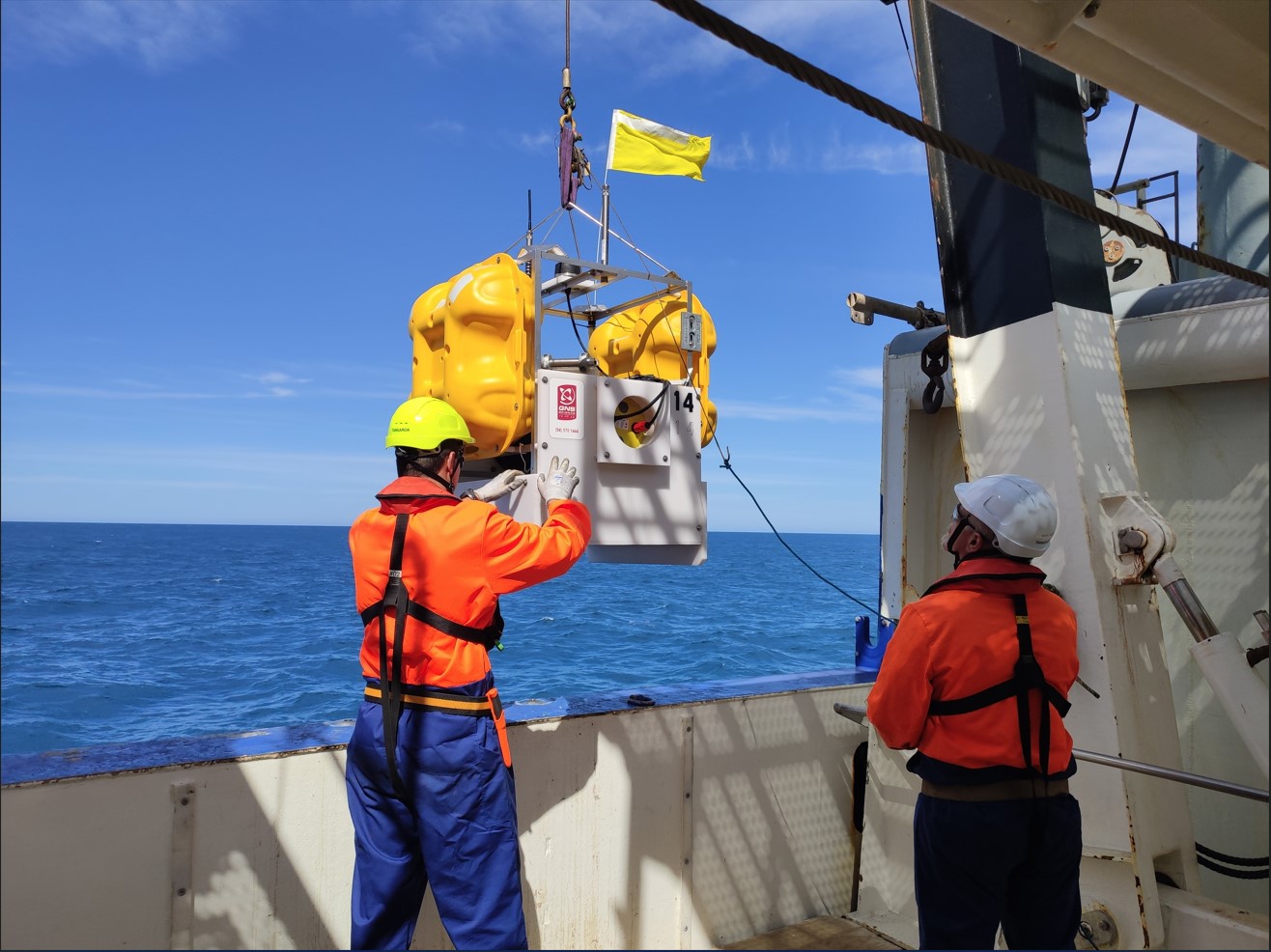
Unlocking the Secrets of Slow Slip
Project period: 2017 - 2020
Organisations: Imperial College London, GNS Science, Unviersity of Southampton and Cardiff University
Project location: Gisborne
Introduction
 Subduction zones are located where one of the Earth's tectonic plates slides beneath another - the boundary between the tectonic plates is called the plate boundary fault. These plate boundary faults are capable of generating the largest earthquakes and tsunamis on Earth, such as the 2011 Tōhuku-oki, Japan and the 2004 Sumatra-Andaman earthquakes.
Subduction zones are located where one of the Earth's tectonic plates slides beneath another - the boundary between the tectonic plates is called the plate boundary fault. These plate boundary faults are capable of generating the largest earthquakes and tsunamis on Earth, such as the 2011 Tōhuku-oki, Japan and the 2004 Sumatra-Andaman earthquakes.
In the last 15 years a completely new type of seismic phenomenon has been discovered at subduction zones: silent earthquakes or slow slip events. These are events that release as much energy as a magnitude 6 to 7 earthquake, but do so over several weeks or even months and there is no ground-shaking at all.
Slow slip events may have the potential to trigger highly destructive earthquakes and tsunamis on nearby parts of the plate boundary fault, but whether this is possible and why slow slip events occur at all are two of the most important questions in earthquake seismology today.
This research project - NZ3D FWI - involves over 20 scientists across UK Universities as well as scientists from New Zealand. These scientists from from December 2017 to March 2018 scientists will install over 200 seismometers in New Zealand to detect earthquakes and also to listen for sound waves produced by a ship 90 km away from the Gisborne coast.
The sound waves will travel through the plate boundary fault and the time and strength of the sound waves detected by our seismometers will tell us about the rock properties beneath Gisborne and in the slow slip zone.
Scientists will be applying a cutting-edge method called "3D Full waveform Inversion" (FWI) to produce extremely high resolution models of rock properties to depths of 10 km.
In December 2017 and March 2018 the International Ocean Discovery Program will also be drilling offshore and installing instruments that will examine how the Earth behaves in a slow slip event. The offshore part of NZ3D is being conducted by scientists from the US, UK, New Zealand and Japan.
Latest news
Check out the video
Disclaimers and Copyright
While every endeavour has been taken by the East Coast Lab Hikurangi Subduction Zone M9 to ensure that the information on this website is
accurate and up to date, East Coast Lab Hikurangi Subduction Zone M9 shall not be liable for any loss suffered through the use, directly or indirectly, of information on this website. Information contained has been assembled in good faith.
Some of the information available in this site is from the New Zealand Public domain and supplied by relevant
government agencies. East Coast Lab Hikurangi Subduction Zone M9 cannot accept any liability for its accuracy or content.
Portions of the information and material on this site, including data, pages, documents, online
graphics and images are protected by copyright, unless specifically notified to the contrary. Externally sourced
information or material is copyright to the respective provider.
© East Coast Lab Hikurangi Subduction Zone M9 - www.eastcoastlab.org.nz / +64 6 835 9200 / info@eastcoastlab.org.nz









